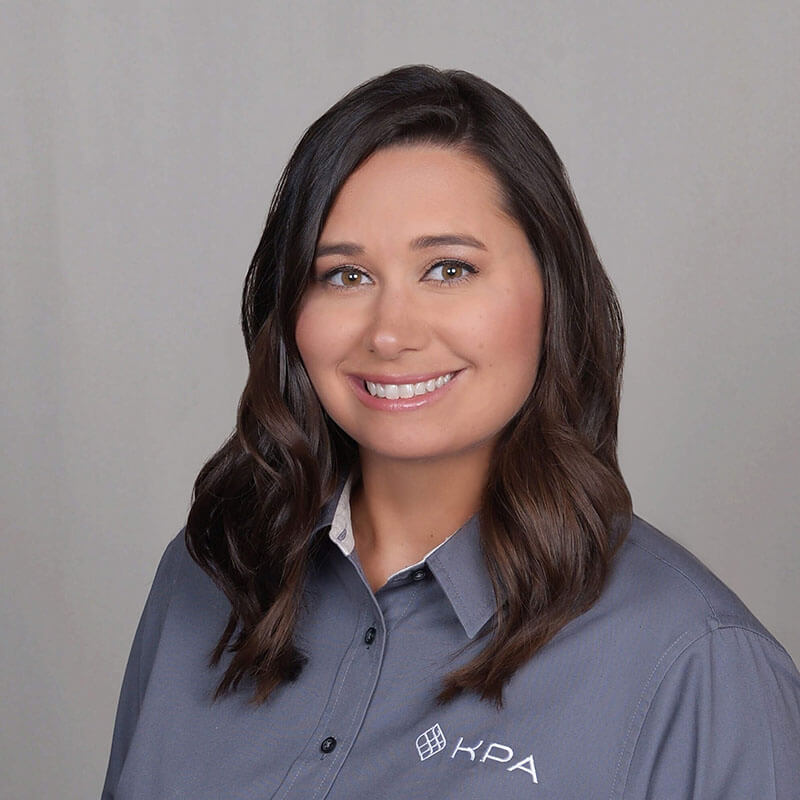You’re feeling pretty accomplished. You’ve conducted a comprehensive regulatory audit, as well as a rigorous facility inspection, and nailed down your accident investigation procedures.
But your work isn’t quite finished yet. Audits and investigations can’t happen in a vacuum. The risks and inefficiencies they uncover need to be addressed. To keep people safe, healthy, and out of trouble, the organization needs to commit to creating real change in the workplace.
This is where your safety committee comes in. The safety committee brings audit and inspection findings into focus so leadership can begin making decisions.
Following their walkarounds, checklists, and observations, the auditing party shares their results with the committee. Members then convene to determine the organization’s next course of action, prioritize improvements, and assign people to make changes.
Here are four best practicesfor creating a safety committee, running committee meetings, and following through with all necessary environment, health, and safety program updates:
Audits, inspections, investigations, safety committee meetings—it’s a lot to manage on your own.
Let us help take care of it for you.
Don’t wait until then to get proactive about safety and workforce compliance. The combination of EHS software, EHS consulting services, and award-winning training helps organizations minimize risk so they can focus on what’s important—their core business.
